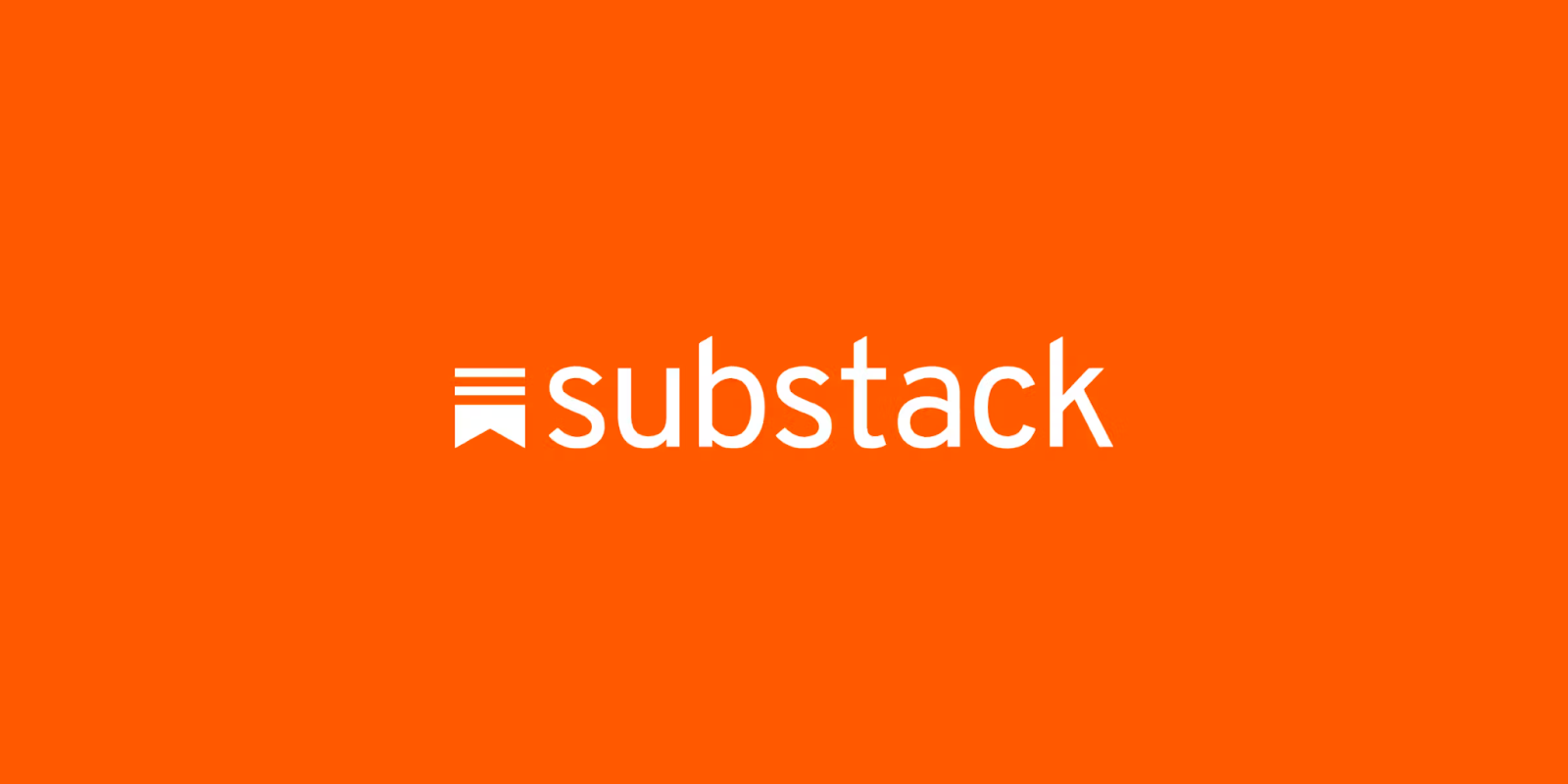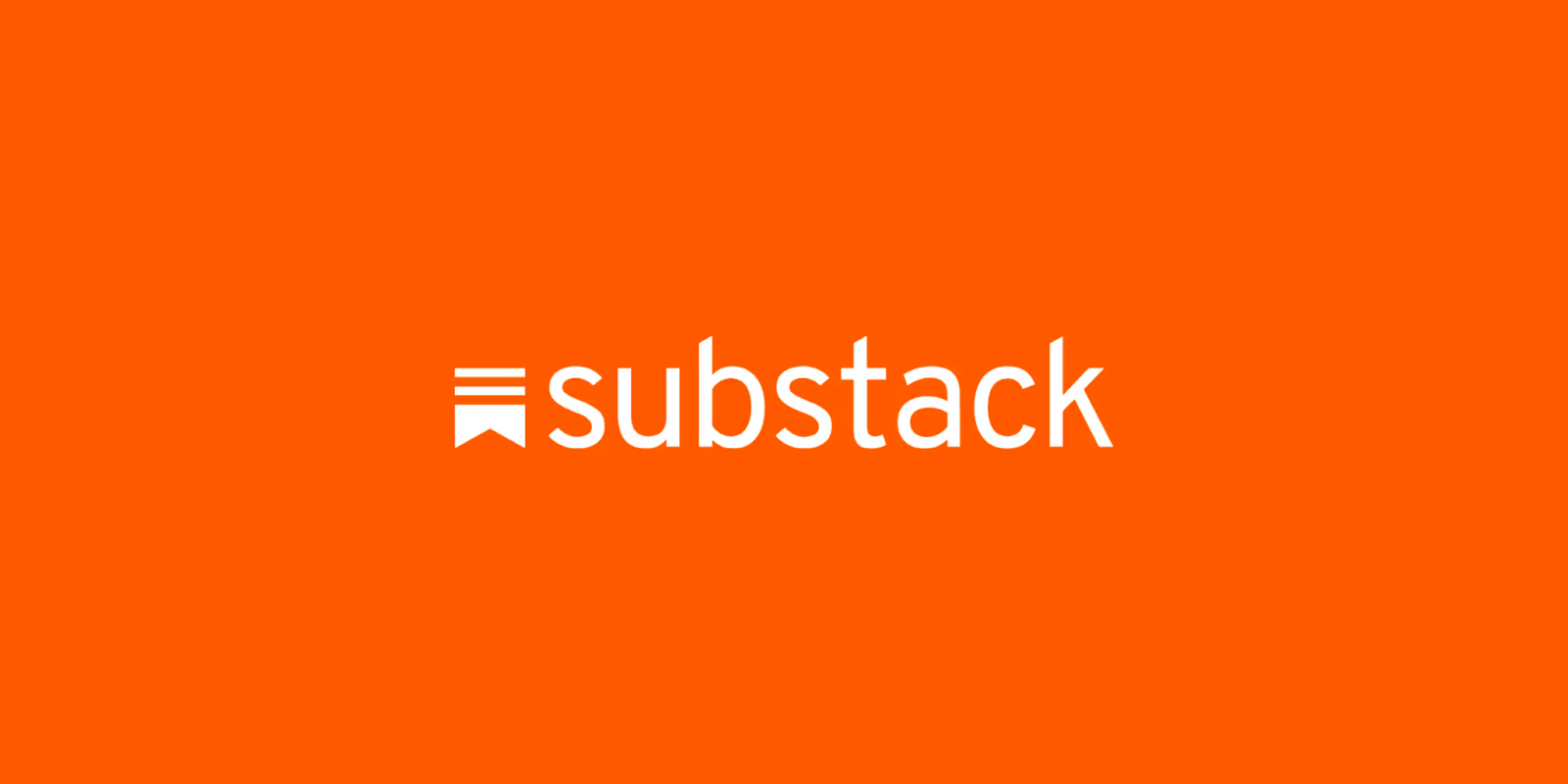Substack Interview Process - A Detailed Guide
Explore our detailed guide to the Substack interview process, including essential steps, tips, and typical questions asked.

Substack has changed the ways writers and publishers distribute their content. It’s a forward-thinking company on a mission to disrupt the traditional publishing industry—and that makes it an attractive destination for job seekers.
If you’re looking to get hired by Substack, you’ll need to ace Substack’s interview process.
At 4 Day Week, we connect talented candidates like yourself with amazing opportunities around the world. And in this guide, we’ll be teaching you the ins and outs of the Substack interview process.
So, let’s dive in!
Substack Hiring Process Overview
As a disruptive company, Substack is looking for people who understand and embody their brand voice: independent thinking, a desire to break down barriers, and a passion for pushing the envelope with technology.
To get your foot in the door, you’ll need to demonstrate these qualities throughout the interview process—which includes a recruiter screen, a technical interview, and a behavioral assessment.

Here’s What Substack Interviewees Say
Unfortunately, the experience of interviewing at Substack is overwhelmingly negative—71% of reviews report a negative experience, and only 14% report a positive experience. This is despite a difficulty rating of 2.9/5 (essentially average).

So, why all the negative reviews? Most candidates report feeling rushed, unorganized, and undervalued during their interview process. Many have also reported that Substack’s interviewer seems distracted and unhelpful, although this is generally reserved for technical interviews.
Substack Interview Process Stages and Timeline
The Substack interview process is relatively short in terms of the number of stages—there are three in total:
- Recruiter Screen
- Engineering Manager Interview
- Technical Onsite (virtual or in-person)
Here’s a more in-depth look at these stages.
Stage 1: Recruiter Screen (30 minutes)
- Timeline: 1–2 weeks after application.
- Duration: 30–45 minutes.
This initial conversation with a recruiter aims to assess your general experience, skills, and fit for the role. It's an opportunity to learn more about the company culture and expectations.
The recruiter may ask questions about your previous work experience, projects you have completed, and your understanding of the role you are applying for. They might also provide more information about the company and its values.
Almost all candidates report that this conversation is fun, interesting, and straightforward—so don’t stress!
Stage 2: Engineering Manager Interview
- Timeline: 1–2 weeks after recruiter screen.
- Duration: 45 minutes
This conversation with an engineering manager delves deeper into your technical expertise and problem-solving abilities. You'll discuss your approach to specific technical challenges and your experience with relevant technologies.
The engineering manager may ask you to provide examples of projects you have worked on in the past and how you have overcome technical obstacles. They may also inquire about your leadership and teamwork skills.
Approach this interview like a technical interview—you may not be asked to solve coding problems, but you should be prepared to think through approaches to solving technical challenges. Remember that the goal of this conversation is to understand how you would approach building solutions and engage in collaboration.
Would you like a 4 day work week?
Stage 3: Technical Onsite (Virtual or In-Person)
- Timeline: 1–2 weeks after the engineering manager interview.
- Duration: 3–6 interviews, up to 45 minutes each (4–6 hours total).
This is the most intensive part of the process. Each interview is conducted by a member of our engineering team and focuses on a different aspect of your technical skills.
During this process, you may be presented with a variety of questions in the following areas:
- Systems design challenges
- Coding challenges
- Problem-solving challenges
Unlike some other tech companies (where your thought process is equally important as your answer), interviewees report that Substack is mostly focused on the answer. So if you are unsure, take your time to think through a solution and then communicate it in the clearest way possible.
You’re free to ask for clarification during this process, but don’t be too surprised if some questions go unanswered.
4 Crucial Tips to Ace the Substack Interview Process
Nailing the Substack interview process requires a blend of creativity, technical know-how, and cultural alignment. Here are four crucial tips to prepare you thoroughly and boost your chances of success
1. Prepare for the Recruiter Screen
Be ready to discuss your experience and skills in detail and enter the call with a solid understanding of:
- Substack (mission, values, etc.)
- The role (responsibilities, challenges, etc.)
The conversation will likely flow quite naturally without much preparation, but if you sometimes find it hard to think on your feet, we recommend making a short list of information you definitely want to cover when asked about your professional experience.
2. Learn an Interview Framework
Interview frameworks like STAR (situation, task, action, result) are great for providing interviewers with a structured approach to answering questions. If you’re asked about a past experience or how you solved a particular problem, be sure to provide the interviewer with all four components:
- Situation: What was going on?
- Task: What was expected of you?
- Action: What steps did you take?
- Result: What happened as a result of your actions?
By staying consistent and following this format in each answer, you can show that you have the skills and experience necessary for the role.
3. Read Up on Common Substack Technical Questions
Smaller companies like Substack won’t have a ton of variety in their interview questions, so do your research ahead of time. Read up on the most commonly asked technical questions for Substack and practice them in advance. The more you can practice, the better prepared you’ll be when it comes time to actually answer the questions.
We’ll include some below to help you out with this!
4. Get to Know the Team
Take face-to-face interviews as an opportunity to get to know the team better and see if it’s a good fit. Ask questions about their experience at Substack and what they like best about working there. This can give you some insight into the company's values and operations.
It also allows you to showcase your own skills, talents, and strengths that might be a great asset for the team.
20 Most Commonly Asked Substack Interview Questions
General/Behavioral Questions
- Can you tell me about a time when you faced a significant challenge at work and how you handled it?
- How do you handle feedback, especially when it involves criticism of your work?
- Can you describe a situation where you had to collaborate with a difficult team member?
- How do you prioritize your tasks when given multiple important assignments at the same time?
- Can you provide an example of a time when you took initiative on a project or task at work?
- How do you handle failure? Can you share a specific instance?
- Can you describe a time when you had to explain a complex technical issue to a non-technical person?
- How do you stay updated with the latest trends and advancements in your field?
- Can you tell me about a time when you had to make a difficult decision that affected your team? What was the outcome?
- How do you handle tight deadlines and high-pressure situations?
Technical Questions
- Can you explain how you would approach designing a scalable and efficient system for email newsletter distribution?
- How would you handle data security and privacy concerns in the development process?
- Can you describe a time when you had to optimize a system for better performance? What was the outcome?
- How would you approach troubleshooting a service outage in a live product?
- Can you explain the concept of Continuous Integration/Continuous Deployment (CI/CD) and how you have implemented it in past projects?
- How would you ensure the quality of your code? What testing strategies do you usually employ?
- Can you describe your experience with cloud services like AWS, Google Cloud, or Azure? How have you utilized these in your past projects?
- How would you handle a situation where a critical bug is found in your code after deployment?
- Can you explain how you would design a system to handle high traffic without compromising user experience?
- How do you approach problem-solving when you encounter a technical issue that you have not faced before?
Wrapping Up
Substack's interview process is comprehensive, evaluating technical skills, creative contributions, and adaptability in a dynamic, team-oriented environment.
At 4 Day Week, our goal is to connect talent applicants with job opportunities at 4-day workweek companies worldwide.
So, if you’re looking for a better work-life balance, browse our job listings today today.